The use of toughening treatment and surface strengthening treatment process is an important production way to improve the performance and life of the mold.According to the working conditions and performance requirements of aluminum-magnesium alloy die-casting molds, this article analyzes the characteristics of mold heat treatment and common processes in detail, and points out that a reasonable formulation of heat treatment process specifications can ensure mold surface hardness, wear resistance, core strength and toughness, and prevent metal liquid corrosion. Sticking to the mold can effectively reduce the scrap rate and significantly increase the service life of the mold.
Aluminum-magnesium alloys are more and more widely used due to their low density and high strength. Among them, aluminum-magnesium alloy die-casting technology, as an advanced cutting process, has the characteristics of high production efficiency, saving raw materials, reducing production costs, good product performance, and high precision. , Mainly used in electronics, automobiles, motors, home appliances and other industries, some high-performance, high-precision, high-toughness high-quality aluminum-magnesium alloy products have also been applied to large aircraft, ships and other industries with relatively high technical requirements.
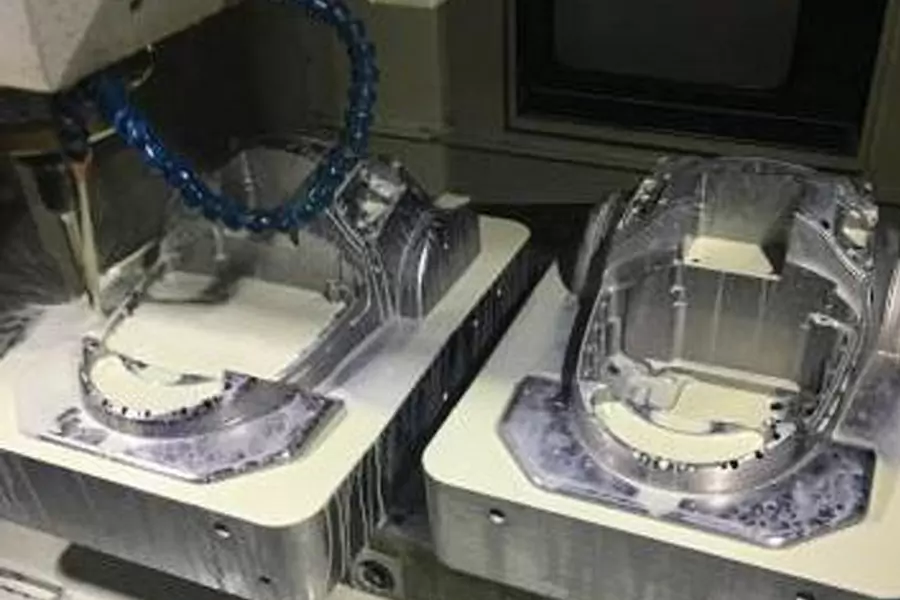
Working conditions and performance requirements of aluminum-magnesium alloy die-casting molds
Aluminum-magnesium alloy die-casting mold is a molding die used to die-cast aluminum-magnesium alloy castings on a die-casting machine. The melting point of aluminum alloy is 600~750℃, and the melting point of magnesium alloy is 600~700℃. The working surface temperature can generally rise to 500~600℃. The surfaces of the cavity, mandrel and nozzle are all subjected to severe temperature fluctuations, and the surface of the mold is prone to thermal fatigue cracks. In addition, the aluminum-magnesium alloy is easy to adhere to the surface of the mold during the die-casting process, which affects the continuous operation of die-casting production. The liquid aluminum-magnesium alloy has a strong erosion effect on the surface of the mold. Therefore, to manufacture aluminum-magnesium alloy die-casting molds, the mold material is required to have high tempering stability and resistance to cold and heat fatigue at about 600°C, and have good resistance to high temperature, high pressure, high speed, and high erosion resistance of liquid aluminum-magnesium alloys. The strength and toughness of the mold, and at the same time, the correct heat treatment is required to tap the potential of the mold material and improve the service life of the mold. At present, the commonly used aluminum-magnesium alloy die-casting die steels in mold manufacturing include: 3Cr2W8V steel, 4Cr5MoSiV1 steel, 4Cr3Mo3SiV steel, 4Cr5MoSiV steel, and new steel types 4Cr5Mo2MnSiV1 steel and 3Cr3Mo3VNb steel.
Manufacturing process route of aluminum-magnesium alloy die-casting mold
The manufacturing process of aluminum-magnesium alloy die-casting mold is: blanking→forging→spheroidizing annealing→machining→quenching, tempering→repairing, grinding, polishing→nitriding (nitrocarburizing)→assembly and use.
Strengthening and toughening treatment process of aluminum-magnesium alloy die-casting mold
The toughening treatment of the aluminum-magnesium alloy die-casting mold is to change the structure of the steel to obtain the required structure and performance of the mold. Heat treatment should be based on the mold material, mold shape, size, and complexity to determine the heat treatment process specifications.
3.1 Pre-heat treatment
The pre-heat treatment of the die-casting mold can adopt three processes: continuous annealing, isothermal annealing and quenching and tempering heat treatment. The purpose is to obtain a uniform structure and dispersed carbide before the final heat treatment to improve the strength and toughness of the steel. The continuous annealing process is relatively simple, and a better granular pearlite structure can also be obtained. For die-casting molds with complex shapes and high requirements, isothermal annealing can be used to obtain a more ideal granular pearlite structure.
3.2 Quenching and preheating
Die-casting mold steel is mostly high-alloy steel with poor thermal conductivity. Preheating measures are often taken during quenching and heating. The number of preheating and temperature depend on the composition of the die steel and the requirements for mold deformation. For molds with low quenching temperature, simple shape and low deformation requirements, a preheating (800~850℃) is required during quenching and heating without cracking. For molds with higher temperature quenching, complex shapes and high deformation requirements, secondary preheating (600-650°C, 800-850°C) is necessary. The purpose is to reduce the stress generated during the heating process and at the same time make the overall structure of the mold uniform .
3.3 Quenching heating
The quenching heating temperature of the die-casting mold can be implemented according to the quenching heating specification of each steel grade. For example, the quenching temperature of 3Cr2W8V steel is 1050~1150℃, and the quenching temperature of H13 steel is 1020~1100℃. Increasing the quenching temperature of the two steels can increase the high temperature strength and thermal fatigue resistance of the die-casting mold, but it will increase the deformation of the mold. When heating in a salt bath furnace, in order to avoid oxidative decarburization on the mold surface, a barium chloride salt bath with good deoxidation should be used, and deoxidation should be carried out frequently. When heating in a box-type resistance furnace, a protective atmosphere should be adopted; or heating in a general box-type resistance furnace after packing. In order to ensure the full dissolution of carbides, obtain uniform austenite, and obtain good high-temperature performance, the quenching and heating holding time of die-casting molds should be appropriately extended. Generally, the heating holding coefficient in the salt bath furnace is 0.8-1.0 min/mm.
3.4 Quench cooling
The oil quenching rate is fast and good performance can be obtained, but the tendency of deformation and cracking is great. Generally, oil-cooled die-casting molds with simple shapes and low deformation requirements are used; for die-casting molds with complex shapes and high deformation requirements, hierarchical quenching should be used to prevent mold deformation and cracking. Quench cooling should be as slow as possible to reduce quenching deformation, heating and quenching in a vacuum resistance furnace, cooling can be adopted gas quenching. Heating and quenching in a salt bath, and grading quenching can be adopted when cooling. When the mold is quenched and cooled, it is generally cooled to 150~200℃ and then tempered immediately after soaking. It is not allowed to cool to room temperature.
3.5 Tempering
The hardness of the die-casting mold is achieved by tempering, and the hardness of the die-casting mold cavity directly affects the hot and cold fatigue life of the mold. Different materials, different quenching temperature, and tempering temperature are also different. For example, the hardness of 3Cr2W8V steel aluminum-magnesium alloy die-casting mold is generally 42~48HRC, and its tempering temperature is generally selected between 560~620℃, but if high temperature quenching is used, the tempering temperature is as high as 670℃. The hardness after quenching at 1150°C and tempering at 650°C is 45HRC; while the hardness after quenching at 1050°C and tempering at 650°C is 35HRC. The hardness of H13 steel aluminum-magnesium alloy die-casting mold is required to be 44~50HRC. The secondary hardening peak of H13 steel appears when tempering at 500℃, but the size of the peak is related to the quenching temperature. The tempering temperature is generally 560~620℃. The tempering should be carried out 2 to 3 times. The temperature of the first tempering can be lower. After the first tempering, measure the hardness value. If the hardness requirement is reached, the tempering temperature should be lowered by 20~30℃ to avoid The hardness decreases. If the hardness is too high, adjust the tempering temperature appropriately to meet the hardness requirement according to the high hardness. The third tempering is to improve toughness, the tempering temperature should be higher than the second
The secondary tempering temperature is 30~50℃ lower. The tempering and holding time should be sufficient to eliminate the stress generated during quenching and reduce the formation of mold cracks. The holding time for each tempering is 2h, and the holding time for large molds is appropriately extended. Due to the high thermal stress and microstructure stress of the die-casting die after quenching, the die is generally tempered immediately after cooling to 150-200°C.
Surface strengthening treatment process of aluminum-magnesium alloy die-casting mold
After quenching and tempering, the surface hardness of aluminum-magnesium alloy die-casting die is not very high. In order to obtain high hardness and wear resistance on the surface of the mold, while the core part still maintains sufficient strength and toughness, and to improve the anti-sticking performance of the aluminum-magnesium alloy die-casting mold, surface nitriding or nitriding can be performed on the mold. Carburizing treatment.
4.1 Nitriding treatment
Nitriding is a heat treatment process of nitriding the surface of steel to increase the nitrogen concentration in the surface layer. The purpose of nitriding is to reduce the deformation of mold parts, improve the surface hardness, wear resistance, fatigue strength and seizure resistance of aluminum-magnesium alloy die-casting molds, improve the corrosion resistance of the mold against the atmosphere and superheated steam, and improve the resistance to tempering and softening. Notch sensitivity. Solid nitriding, liquid nitriding and gas nitriding are common nitriding methods. New technologies such as ion nitriding, vacuum nitriding, electrolytic nitriding and high-frequency nitriding can greatly shorten the nitriding cycle, obtain a high-quality nitriding layer, and improve the economic efficiency of enterprises, so they are widely used in production.
4.2 Nitrocarburizing
Nitrocarburizing is ammonia plus alcohol liquids (methanol, ethanol) and co-permeating media such as urea, formyl glue and triethanol glue. The thermal decomposition reaction occurs at a certain temperature to produce active nitrogen and carbon atoms, which are die-casted by aluminum-magnesium alloys. After the mold surface is absorbed, it diffuses and penetrates into the mold surface layer to obtain a nitrogen-based nitrocarburizing layer, so that the mold obtains higher surface hardness, fatigue resistance, wear resistance and corrosion resistance. Nitrocarburizing methods include liquid and gas methods, and most of the methods used in production are gas nitrocarburizing. The H13 steel aluminum alloy die-casting mold is heated in two stages of pre-heat treatment at 550℃×40min and 850℃×40min in a high temperature salt bath furnace, quenched at 1030℃, tempered at 600℃, and then subjected to gas nitrocarburizing heat treatment at 580℃. The hardness is above 900HV, the matrix hardness is 46~48HRC, the wear resistance, fatigue resistance, and corrosion resistance of the mold are significantly improved, and there is no adhesion, peeling, scratches and corrosion, which effectively improves the life of the mold.
Conclusion
As an important processing equipment, aluminum-magnesium alloy die-casting molds have a direct impact on the product quality and economic benefits of the company. Investigation and statistics show that mold failures due to improper heat treatment process account for about 50% of the total failures. Therefore, reasonable selection of strengthening and toughening treatment and surface strengthening treatment processes and strict control of heat treatment process specifications are important ways to improve mold performance and life. In the production of aluminum-magnesium alloy die-casting molds, it is necessary to analyze and study failure causes according to mold working conditions, and reasonably formulate heat treatment processes to ensure mold surface hardness, wear resistance, core strength and toughness, prevent metal liquid corrosion and mold sticking, and effectively reduce the rejection rate , Significantly improve the service life of the mold.
If you are looking for dependable volume manufacturing metal parts supplier with High pressure die casting service who offers you competitive price, good service and quality for aluminium die casting, zinc, or magnesium die casting, then BE-CU Prototype are surely a partner you are looking for to fulfill all your die casting needs. With quality service and state of art technology, BE-CU indeed claim in providing quality pressure die casting including aluminum/zamak/magnesium alloy castings to our customers all over the world. To work with us,be-cu don’t just stop at taking your order and delivering your die casting products. be-cu are there for you at every step right from your preferred selection of aluminum die casting, Zamak die casting (Zamak 2, Zamak 3, Zamak 5, Zamak 8) or magnesium die casting products and services to post-order phase. In brief, once you become our customer, be-cu are with you every step on the way. The Detail Of BE-CU Die Casting Company

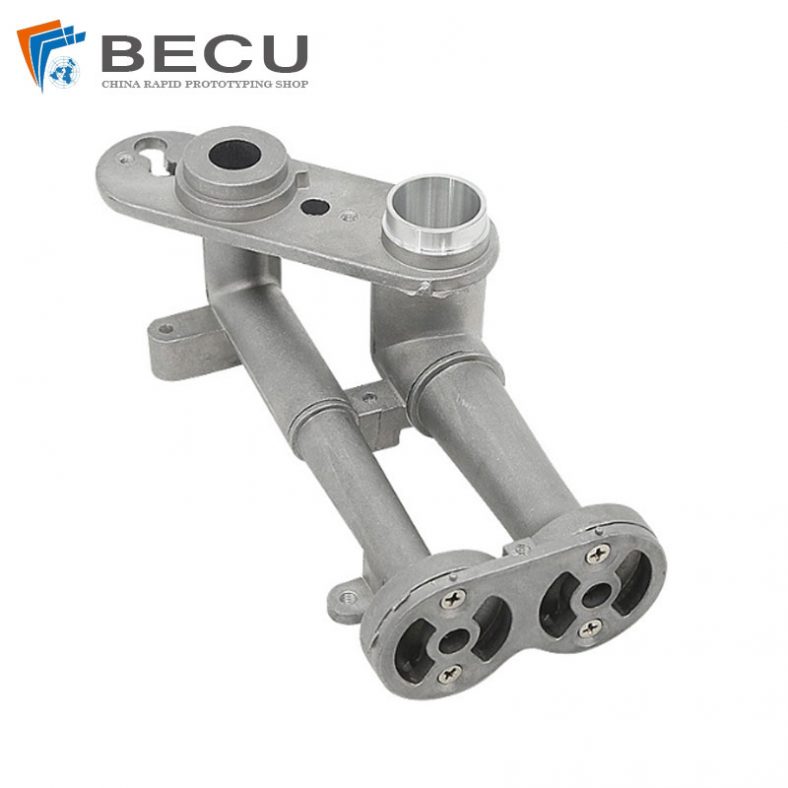
CNC Machining Gas Stove Bottom Joint

Gravity Die Casting Custom Street Light Heat Sink
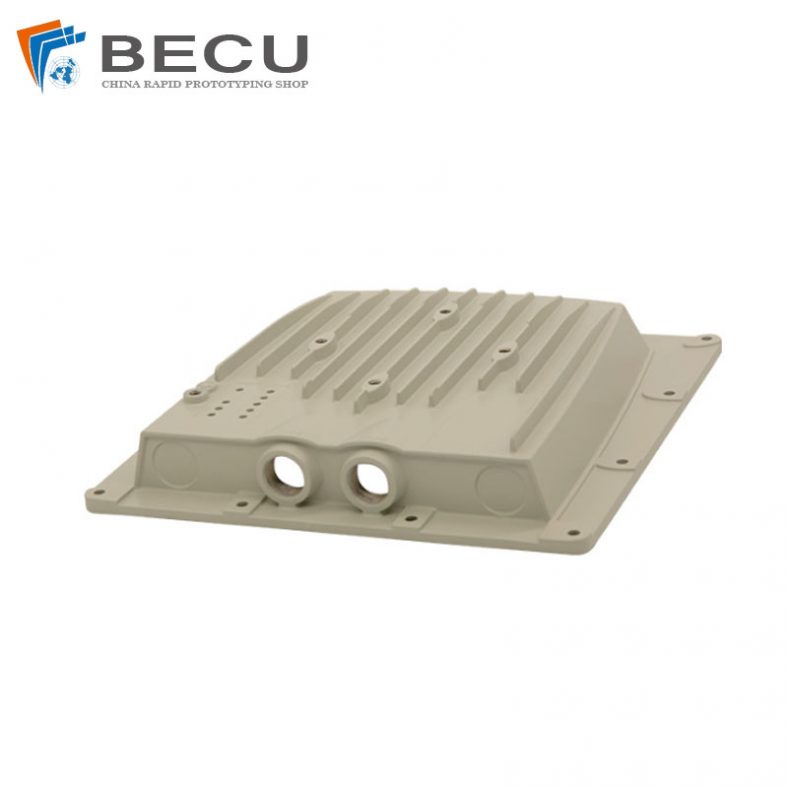
Die Casting LED Canopy Lights Heatsink For Gas Station
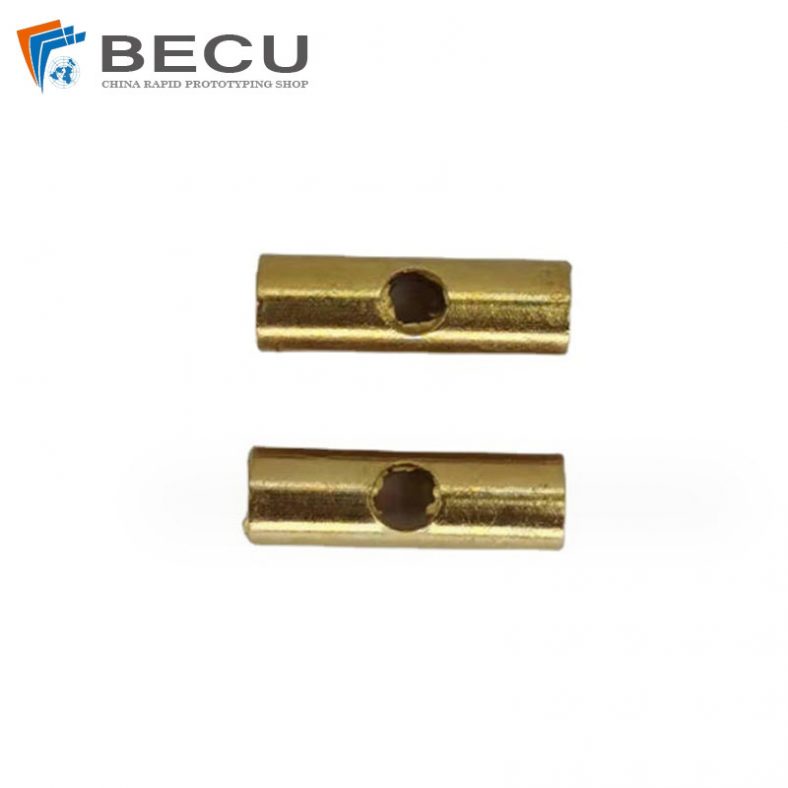
Zinc Die Casting PA10 Transformer Connector Terminal
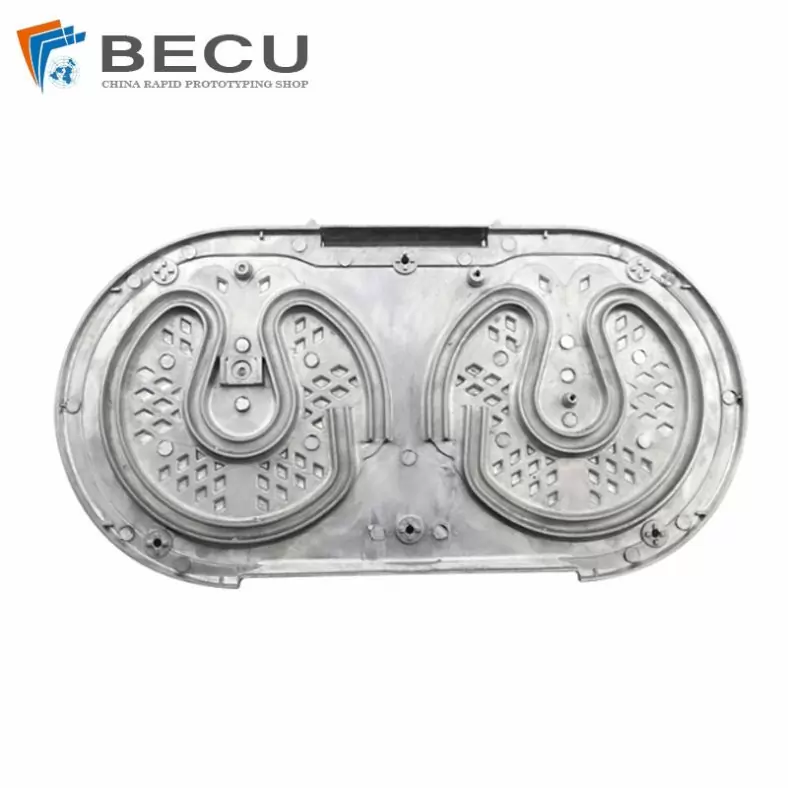
Die Casting Aluminium Cookware Chassis

Die Casting Wheels With Aluminum Alloy 5 Axis CNC Machining
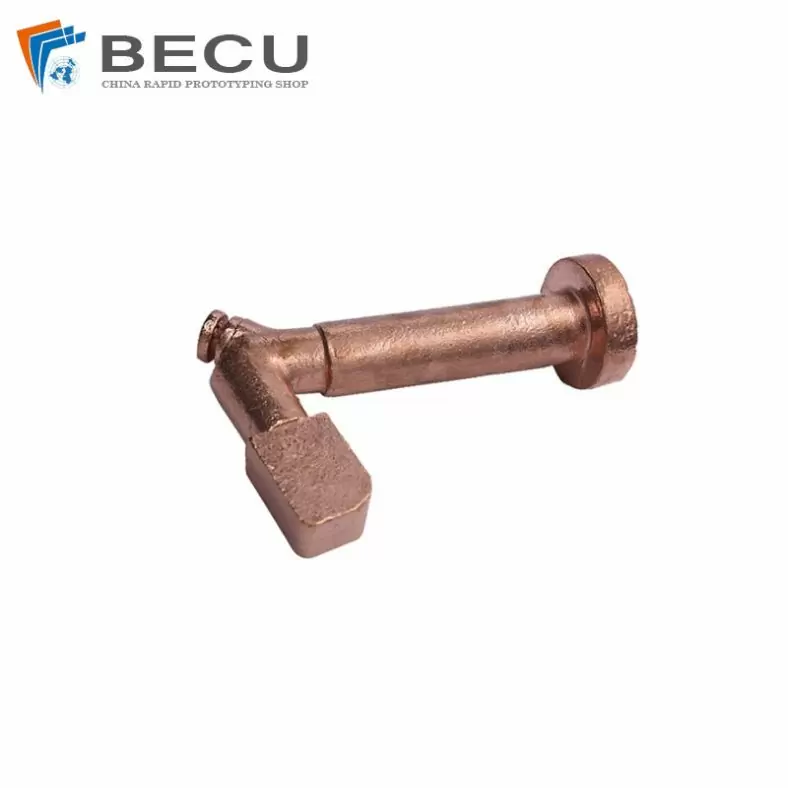
Precision Machined Copper Die Casting Parts
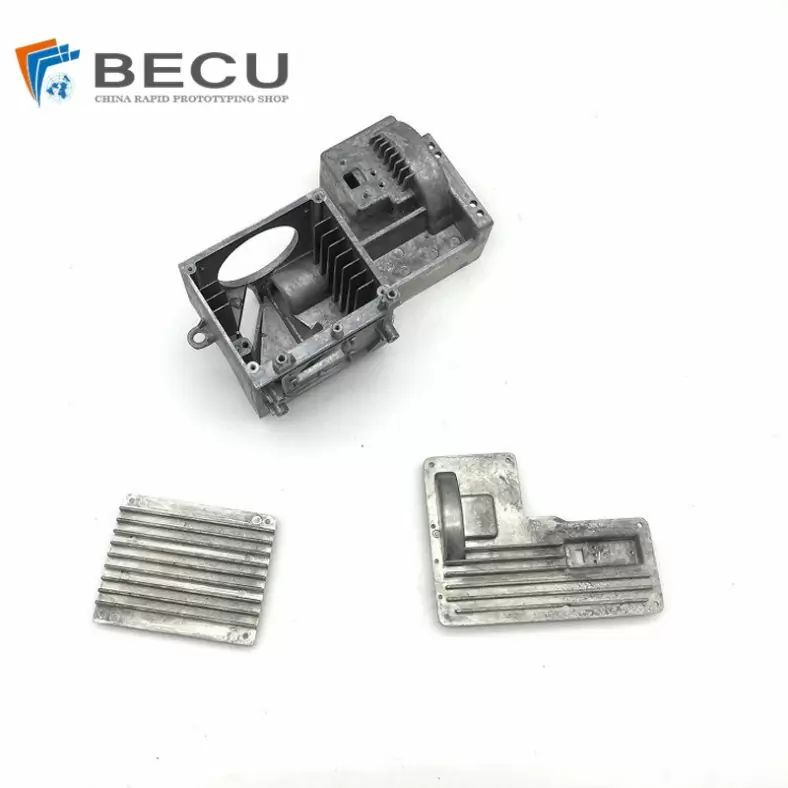
Professional Small Baler Aluminum Alloy Die-casting Mold Production
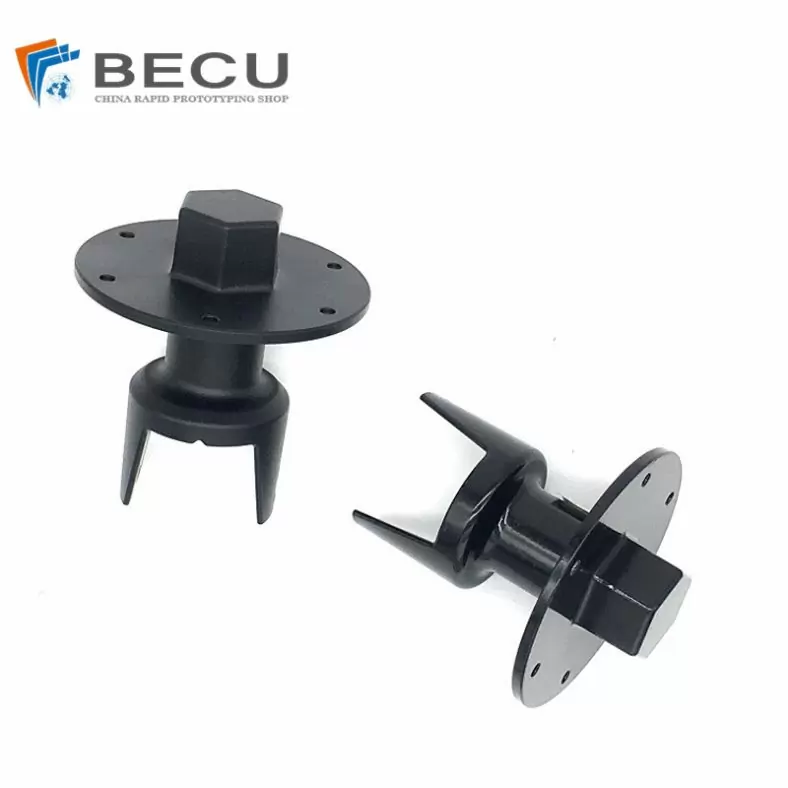
China Die Casting Factory Manufactures Surface Sprayed Aluminum Valve Body
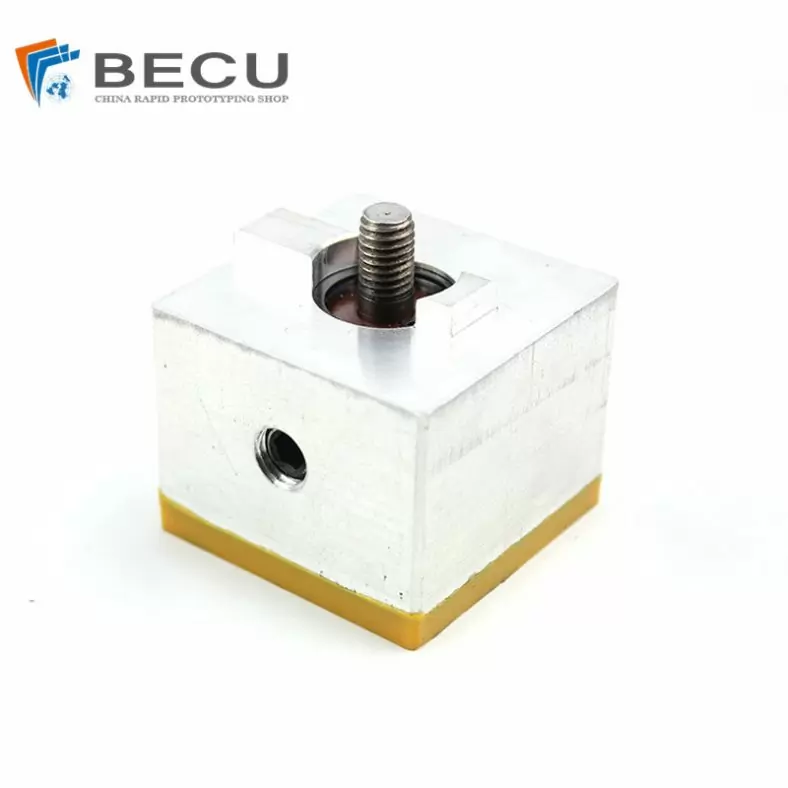
Extrusion Die-casting Polyurethane-Coated Aluminum Alloy Profiles

Custom Precision Aluminum Die Cast Brackets and Finishes
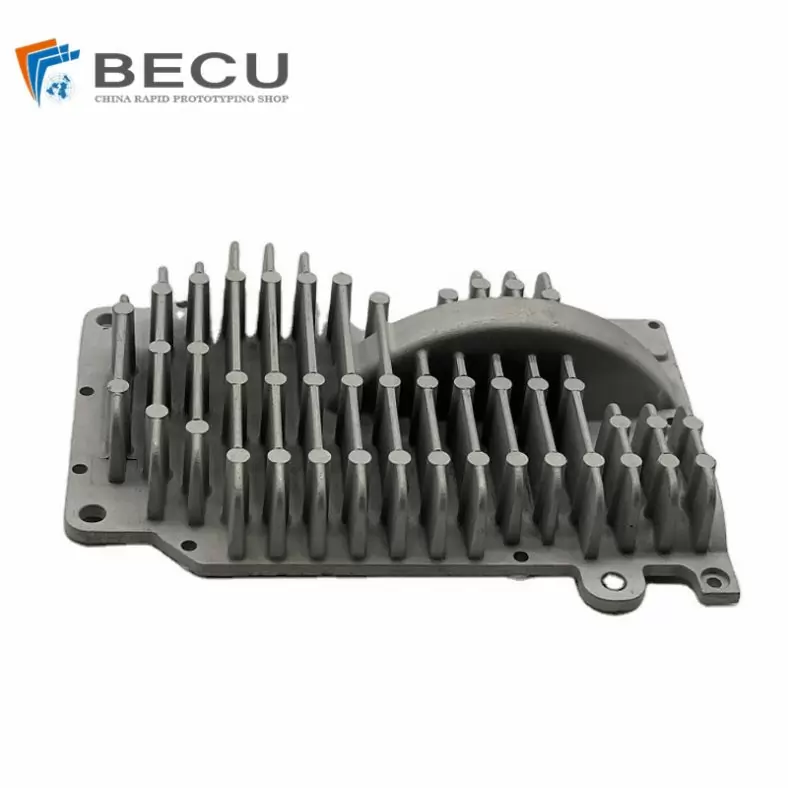
Extrusion Die-casting Magnesium Alloy Heat Sink Shell
